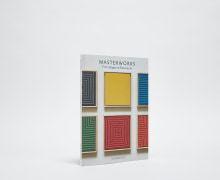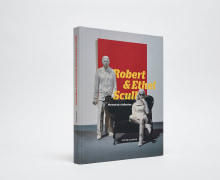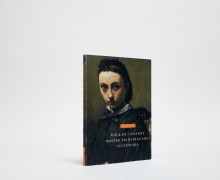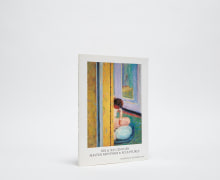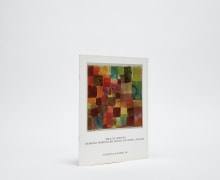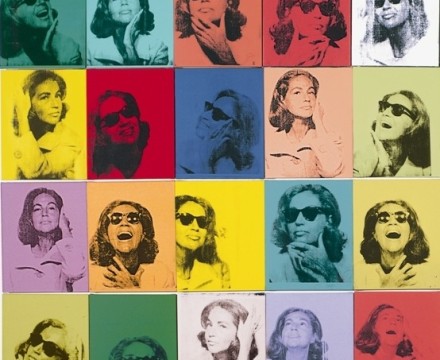
STOWAWAY
Willem de Kooning was born in Rotterdam, The Netherlands in 1904. In 1916, he enrolled in night classes at the Rotterdam Academy of Fine Art, and in 1926 arrived in New York City as a stowaway. In 1927 he met John Graham and Arshile Gorky who introduced him to Cubism and in particular the work of Pablo Picasso. De Kooning made his living as a house painter until 1935 and from then until 1937 he worked in the mural and easel painting divisions of the Federal Art Project, but was forced to resign because he was not yet an American citizen. In 1948, de Kooning taught at Black Mountain College with the composer John Cage, the architect/philosopher Buckminster Fuller and the painter Josef Albers.
ACTION PAINTER
In the years immediately following World War II, de Kooning was at the center of a group of artists that included Jackson Pollock, Mark Rothko and Clyfford Still. Later termed Abstract Expressionists, they were to make New York City the cultural capitol of the world. His abstractions in black and white dating from the late 1940's are still considered paradigmatic Action Painting.
FIGURES AND LANDSCAPES
In 1950 de Kooning reintroduced the female figure into large and garishly painted canvasses. In the following decade he moved to Long Island and landscape fragments became fused with the figural and abstract elements in his paintings and drawings. By this time de Kooning's work had influenced an entire generation of younger artists including Joan Mitchell, James Brooks, Phillip Guston and Robert Rauschenberg. De Kooning's paintings and sculptures of the 1970's and 1980's employ gestural brushwork in open compositions that demonstrate the artists' ongoing a commitment to art as a process in pursuit of content and meaning.

